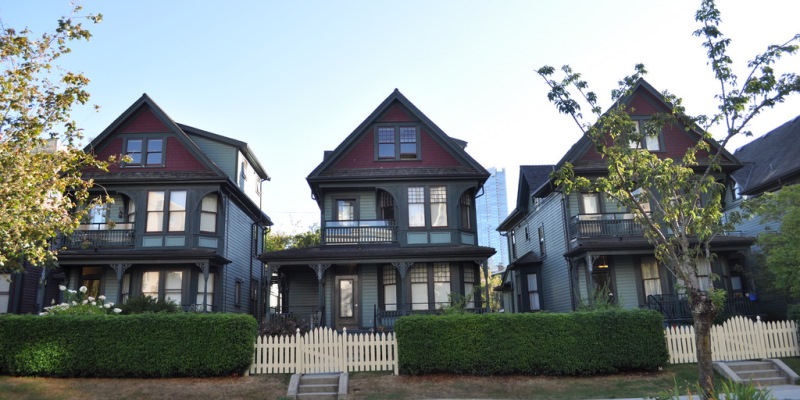Trudeau housing plan ignores local drivers of affordability

Tuesday’s federal budget committed to “help make homeownership more affordable for first-time home buyers,” notably through “shared equity mortgages” aimed at lowering monthly mortgage payments, and increasing the amount first-time buyers can borrow from their retirement savings to buy a home.
The high cost of buying or renting is indeed an issue for many Canadian families. However, the budget’s demand-boosting initiatives ignore the local determinants of home prices and risk exacerbating affordability woes in key markets.
In markets such as Toronto and Vancouver, there’s a clear mismatch between the limited number of homes on the market and rising numbers of would-be homebuyers, putting upward pressure on home prices. Recent dips notwithstanding, home prices are still more than double what they were a decade ago in both of these markets, presenting challenges for first-time buyers.
Ottawa’s intuition on how to help families looking for a toe-hold in such markets is straightforward: give their buying-power a boost by attempting to lower monthly mortgage payments, and allowing first-time buyers to borrow more from their retirement savings. However, such moves do not exist in a vacuum. If a shortage of homes is driving sky-high prices in key markets, the Ottawa’s latest initiatives will simply create even more demand for a dwindling supply of homes—in turn, pushing prices even higher.
Further, these policies run counter to the Trudeau government’s other major incursion into housing markets—the mortgage stress test. Starting last year, Ottawa raised the minimum qualifying interest rate at which Canadians can obtain mortgage loans, presumably to cool strong demand for housing. It’s unclear how the demand-enhancing effects of the government’s latest commitments can be reconciled with the demand-reducing effects of the stress test.
Perhaps most importantly, all of the federal government’s efforts on the housing front apply Canada-wide, despite their apparent goal of cooling red hot markets in Toronto and Vancouver. It’s unclear why Albertans—who have seen falling home prices amid the recent economic downturn—require mortgage stress tests to reduce prices even further. Clearly, housing is a local issue, and requires local solutions.
In Canada’s most expensive markets, the best way to provide meaningful long-term relief for families struggling to afford housing is to build more of it. Regardless of the federal government’s interventions, large productive cities such as Toronto will continue to draw newcomers in search of opportunities, and without building the many homes required to house them, scarce housing units will go to the highest bidder.
The strongest levers to unlock more housing supply belong to municipal and provincial governments, which control the homebuilding approval processes and the regulatory framework dictating what can be built and where. Only when these constraints are relaxed will more housing be built at a quicker pace in Canada’s most housing-starved metro areas.
While the government’s stated intention to make housing more affordable is laudable, its latest initiatives do little to meaningfully grow the housing supply in the country’s most expensive cities. Real change will require action by local and provincial governments to boost the supply of housing, rather than simply throwing more federal money at the problem.

